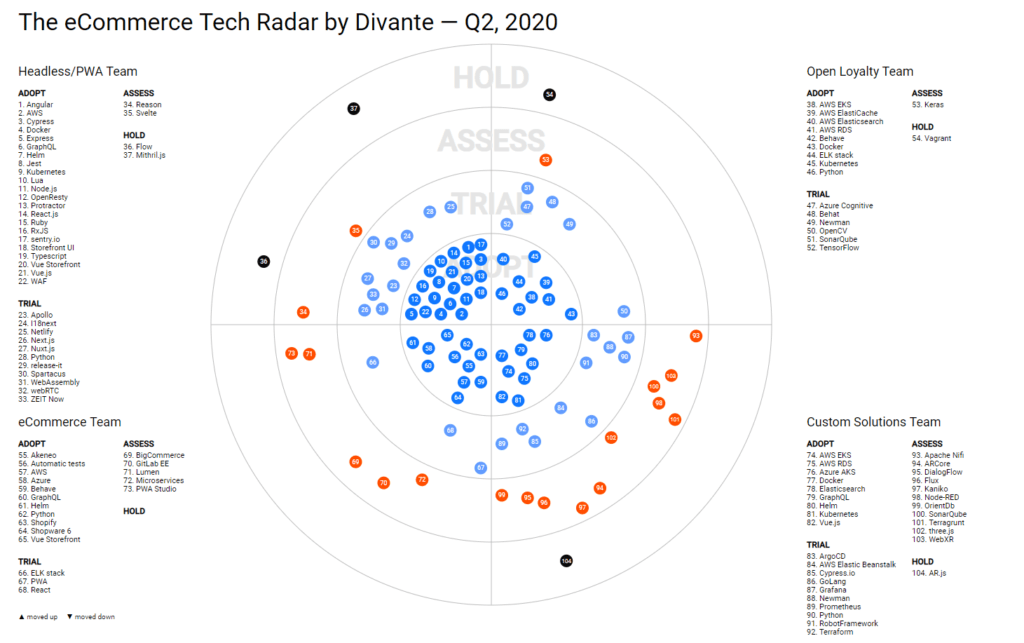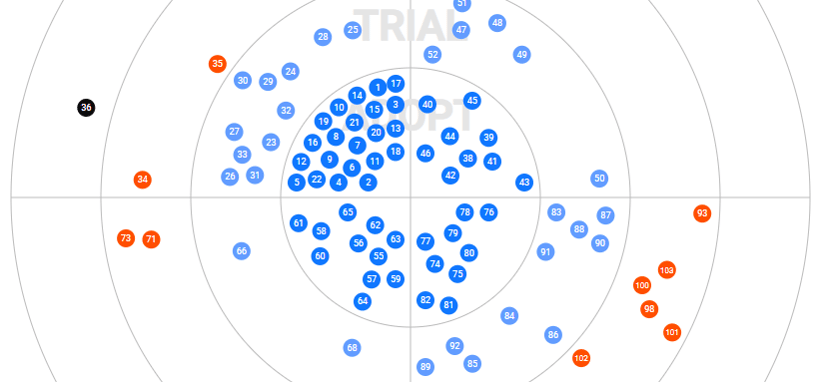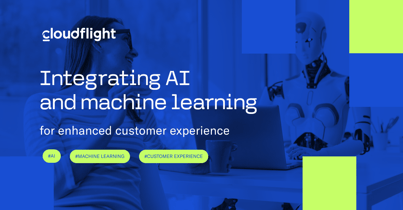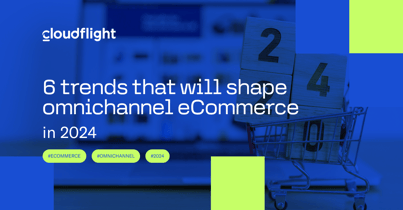The Divante Tech Radar is part of our open-source attitude. We want to share with you the technologies we use in different projects, and have asked our teams to give a little more information about why they choose certain solutions. So far, we’ve spoken to Cezary Olejarczyk, CEO of Open Loyalty, and interviewed the Divante Custom Solutions team.
Today I’m speaking to the eCommerce Team at Divante. eCommerce platforms are evolving and moving from all-Inclusive, monolithic architecture towards being microservices-based.
I liked the way Dominic Klein from Shopware put it when he said, “Platforms are migrating from feature-driven to architecture-driven products.” This sums it up well for me but I’m interested to know how the eCommerce Team sees it. Before we begin, let’s tell you who they are:
- Bartosz Picho. An eCommerce Solution Architect and Software Engineer with 10+ years of experience. Currently responsible for 35+ specialists who deliver comprehensive eCommercee solutions based on Shopware 6, Magento 2.
- Tomasz Basiura. Over a decade in eCommerce and 3 years at Divante. Team leader in an eCommerce team of over 30 people. Involved in creating concepts and preparing cost estimations.
- Marek Borzęcki. An eCommerce and PIM and Solution Architect with 10+ years of experience. Expert in Magento and Akeneo platform. Worked with industry leaders including Carrefour, TIM, and Continental.

Compare all technologies in our live Tech Radar: View it here
PK: The eCommerce Tribe is the first one we created at Divante, at the very beginning. How has the way you implement eCommerce shops changed over the course of those ten years?
Team: 10 years ago many companies weren’t online because people didn’t usually buy online. On the one hand, shoppers buy more via the Internet, where it is faster and easier. Our customers therefore want to migrate to eCommerce to improve their shops as fast as possible; they are looking for solutions which have short time-to-market. Being first, or at least being fast, is increasingly important.
B2B business has moved to the web too. Sometimes it’s a big deal: TIM SA, one of our clients, changed its business model from a warehouse network and we took a part in this process.
10 years is certainly a long time. A decade ago, only large companies were utilizing eCommerce and they invited customers in a manual way (giving them invitations, cold mailing or by search). Today, anyone can sell almost anywhere. There are solutions for any type of business including fast and cheap SaaS platforms, stores on social networking platforms, and complex eCommerce platform based on multiple frameworks and architectures. The range is huge.
PK: What does Dominic Klein mean when he says platforms are migrating from feature-driven to architecture-driven?
Team: For our clients, it’s important to provide scalability and flexibility. The market is changing all the time, so eCommerce platforms have to be capable of changes and growth.
PK: Why is it such an important trend?
Team: The worst-case scenario for our clients is to invest money and years of work… then have to go back to the beginning and start all over again because of changes to the market or customers’ habits. Our role and duty is to ensure that eCommerce can be changed flexibly. Everything we build needs to be future-proof
PK: In the current Technology Radar, the eCommerce Team put Shopware6 in the Adopt ring. What makes this platform unique?
Team: It’s not necessarily unique, but it does cover most of the bases that we look for when choosing a platform. It is API-first and embraces PWA, while being built on a modern tech stack. This, in turn, means that it has great performance, which is key as we enter the Customer Experience Era in which end users expect things to work fast and look beautiful. When you factor in the short time to market (TTM) and low total cost of ownership (TCO), it is hard to see a weakness.
Shopware is one of our 15 selected standout platforms in our list and comparison of all eCommerce platforms. You can see a list of 40 eCommerce technologies and see which are best for the criteria that are driving your build. See the full analysis
PK: There’s also Akeneo in the Adopt category. Why PIM? Why Akeneo?
Team: PIM is the answer to many current eCommerce ecosystem challenges.
The global market is wide open and customers would like to sell their products everywhere, but adapting to specific market requirements is crucial. End customers expect relevant product content such as translations, images, or technical product details. PIMs, especially Akeneo, accelerate time-to-market and global expansion because product information is in one place and PIM manages which channels go to which information. Translations are easy and effective (Akeneo translation connectors) and many processes are automated (Akeneo rules engine and bulk actions).
If we think about distributed eCommerce architecture, managing and distributing product information is an indispensable factor. If a customer would like to distribute their product to many channels (e.g products are sold on many eCommerce platforms, mobile mobile app, or print catalogs) Akeneo goes out ahead of other PIM system thanks to ready-to-use connectors (e.g Shopware, Salesforce, Spryker, Shopify, bigcommerce, Magento, Adobe Illustrator or Adobe InDesign).
PK: You put Microservices and specifically the Lumen framework on the “Assess” list. Can you say more about this choice?
Team: Service-Oriented Architecture (SoA) is a key to building huge systems for big companies. One of the main risks we identify in projects is getting stuck in a project with one or two big monolith systems. Almost every company has its own business model which requires the development of business logic to be implemented in an eCommerce platform. Many customizations may cause problems with upgrading and maintenance. The solution is quite simple: to build many small, separate applications and diversify the risk. An atomic application may be integrated with other customer systems and be developed parallel to other applications.
The Lumen framework is PHP-based, so it is developed in technology we know well and is close to us. It’s minimalistic so it meets our requirements.
PK: I guess the eCommerce landscape and architectures are getting more and more complex. It’s not unusual to see 10 to 15 different systems being integrated to just provide the catalog and cart experience. Doesn’t this SoA based approach make things too complex?
Team: Not really. Microservices are unconnected. You can have many things but they are essentially plugged into different, unrelated slots. You can switch things in and out easily without affecting other parts. As long as you choose good quality technologies that work well together, it is not an issue of complexity. In fact, it is less complex than trying to solve any small issues in a monolithic structure in which each small thing is connected to others and small changes have a domino effect in the code.
Read more on Microservices in the open-source project led by the author of this article, Piotr Karwatka, CTO at Divante. Free to view and share: https://microservicesbook.org/
PK: It seems like the question is more on the granularity level. How would you approach the migration from let’s say Magento or Hybris into SoA based architecture without starting everything over again?
Team: There are many approaches to migrating from monolith systems to SoA. It may look easier to build a system from scratch and replace the old one after a waterfall process, but there is a lot of risk and really long time-to-market. There are a few microservice architecture patterns. One of them is the Strangler Pattern which allows work in an iterative way and replaces parts of the systems step-by-step. In this process, there is a new application developed with a new approach which lives in the same URI space. You can remove from the old solution the most antiquated functionality requiring refactoring and then create it in a modern way. After enough iterations, you can cut off the monolith system.
PK: From the same section, it seems like your appliances are pretty much cloud-based. You’ve got the AWS, Helm, and the ELK stack on the radar. How do you use these?
Team: Our portfolio contains numerous clients for whom scalability, efficiency and portability are key aspects. Such projects usually have a complex integration of data flows that we monitor using ELK. Elasticsearch, as the search engine and data source for product catalog, provides good performance. We can then add a NoSQL database to the technology stack next to SQL-based ones to improve eCommerce platforms. This is a trend. Additionally, we use the whole ELK stack to enable the customer’s eCommerce team to view logs. It allows them to keep an eye on their business and resolve some problems by themselves.
PK: Looking forward to the updates from you and your team for the upcoming quarters. Anything hint as to what you are assessing at the moment?
Team: We are doing some research because we want to extend our offer to other eCommerce platforms, to help us map our customers’ eCommerce needs more accurately. We are building our own R&D team to be able to offer new services to our clients. Be prepared that our Tech Radar will be enriched quickly with new technologies and e-commerce platforms!
We are also adopting eCommerce accelerators to optimize time-to-market in multiple eCommerce platforms because we see that the COVID-19 has convinced many companies that they need to rapidly implement online sales channels to save or grow their business.
Thanks for your time!
Published May 19, 2020











